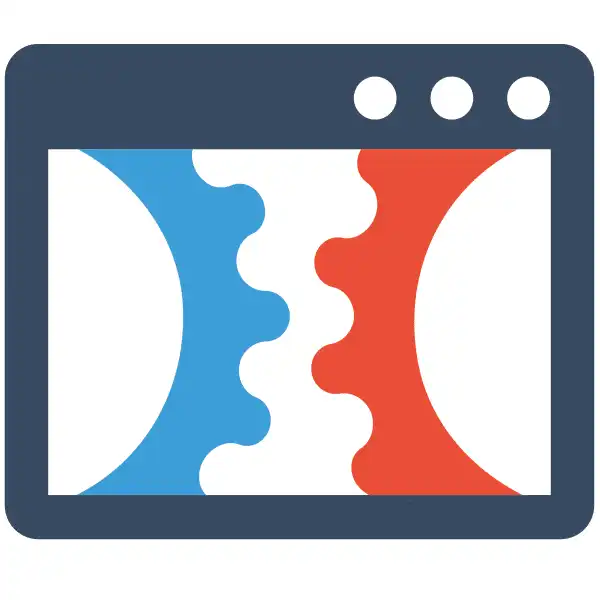Workflows in ClickFunnels 2.0
Check Out More At: ClickFunnels – Help Center Videos & Tutorials
Software: Clickfunnels | Affiliate Program
Workflows in ClickFunnels 2.0
ClickFunnels is a software platform that enables users to create sales funnels and landing pages quickly and easily.
It offers templates, drag-and-drop editing, and integrations with other tools.
Workflows in ClickFunnels 2.0 save you lots of time and energy.
You can customize your funnels with ease, so that they serve the goals of your business without requiring a lot of manual effort from you.
With ClickFunnels 2.0, you can automate entire processes from start to finish – giving you more time to focus on what matters most in your business.
Now, you can customize your funnels faster than ever before with the improved drag-and-drop editor, making customizations easy and efficient.
Plus, ClickFunnels 2.0 offers an extensive library of templates to choose from, so you can quickly find a template that suits your needs and get started building with just a few clicks.
You can even incorporate third-party integrations and plugins to give your funnels an extra boost of customizability.
And, with the new funnel sharing feature, it’s easy to share funnels with team members or other businesses so they can benefit from your success.
With ClickFunnels 2.0, you can be sure that you’re getting the most out of your funnel building experience.
Get started today and watch your business soar to new heights!
In order to provide an amazing experience for our users, while they are creating and managing their workflows, we have introduced a whole new suite of features in ClickFunnels 2.0.
The first, and most important, update is the ability to now use Custom Fields to map data from your CRM or other data source into ClickFunnels 2.0.
This means that you can now use ClickFunnels 2.0 to manage your sales pipeline and workflows completely from one central location!
Previously, in order to use ClickFunnels 2.0 with your CRM, you had to connect your CRM to ClickFunnels 2.0 via our integration partner, Zapier.
Now, with Custom Fields, you can say goodbye to Zapier (although we still love them)!
In order to take advantage of this new feature, simply create a new Custom Field in your CRM and map it to a Custom Field in ClickFunnels 2.0.
For example, let’s say you want to track the “Account Manager” for each of your deals in ClickFunnels 2.0.
First, you would create a new Custom Field in your CRM called “Account Manager”.
Next, you would go into ClickFunnels 2.0 and create a new Custom Field called “Account Manager” and map it to the Custom Field in your CRM.
Now, whenever a new deal is created in ClickFunnels 2.0, the “Account Manager” Custom Field will be populated with the data from your CRM!
You can use Custom Fields to map any data from your CRM into ClickFunnels 2.0.
This is a HUGE update and will allow you to completely manage your sales pipeline and workflows from within ClickFunnels 2.0!
In addition to the ability to now use Custom Fields to map data from your CRM into ClickFunnels 2.0, we have also made some major updates to the way workflows work in ClickFunnels 2.0.
We have introduced a new concept called “Stages”.
Stages are simply a way to group together a series of actions that need to be taken in order to move a deal from one stage of your sales pipeline to the next.
For example, let’s say you have a 5-step sales process that looks like this:
Step 1: Qualify Lead
Step 2: Schedule Demo
Step 3: Send Proposal
Step 4: Negotiate
Step 5: Close
Previously, in order to track this process in ClickFunnels 2.0, you would have had to create 5 separate workflows, one for each step in the process.
Now, with the introduction of Stages, you can simply create 1 workflow and group the actions together into stages!
To do this, simply create a new workflow and give it a name (e.g. “5-Step Sales Process”).
Next, you will add a “Stage” for each step in your process.
So, in our example, we would add 5 stages:
Stage 1: Qualify Lead
Stage 2: Schedule Demo
Stage 3: Send Proposal
Stage 4: Negotiate
Stage 5: Close
Now, whenever a new deal is created

